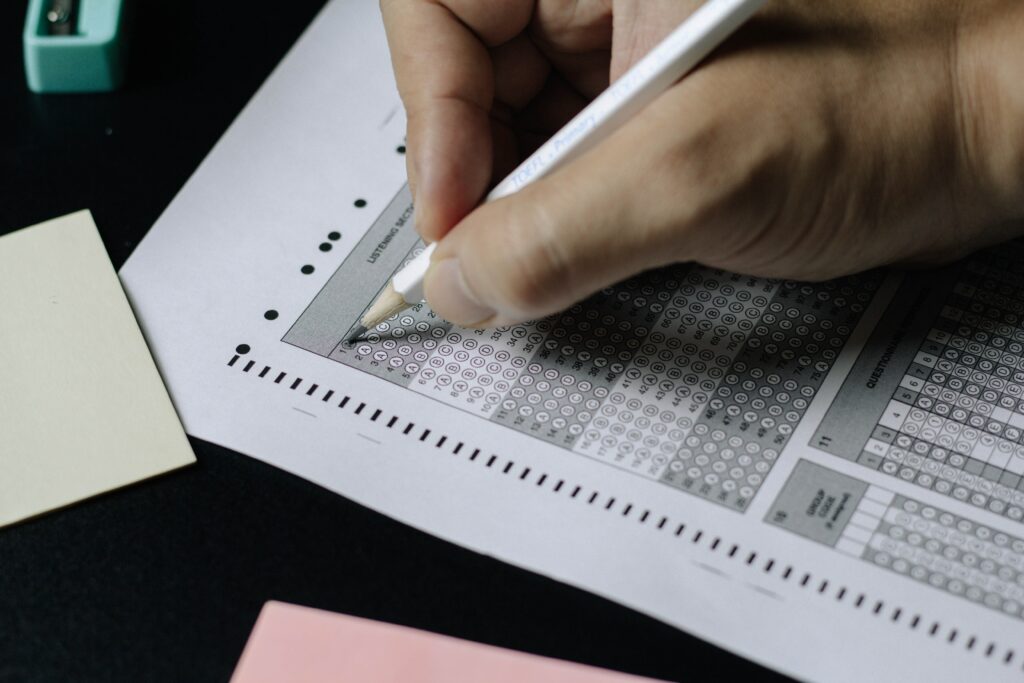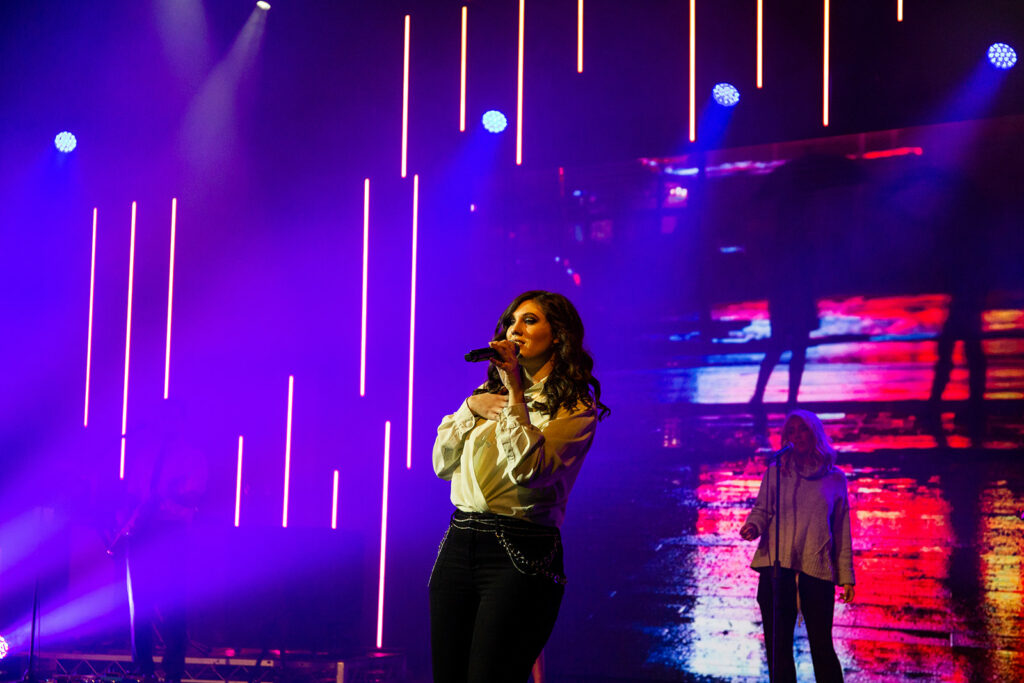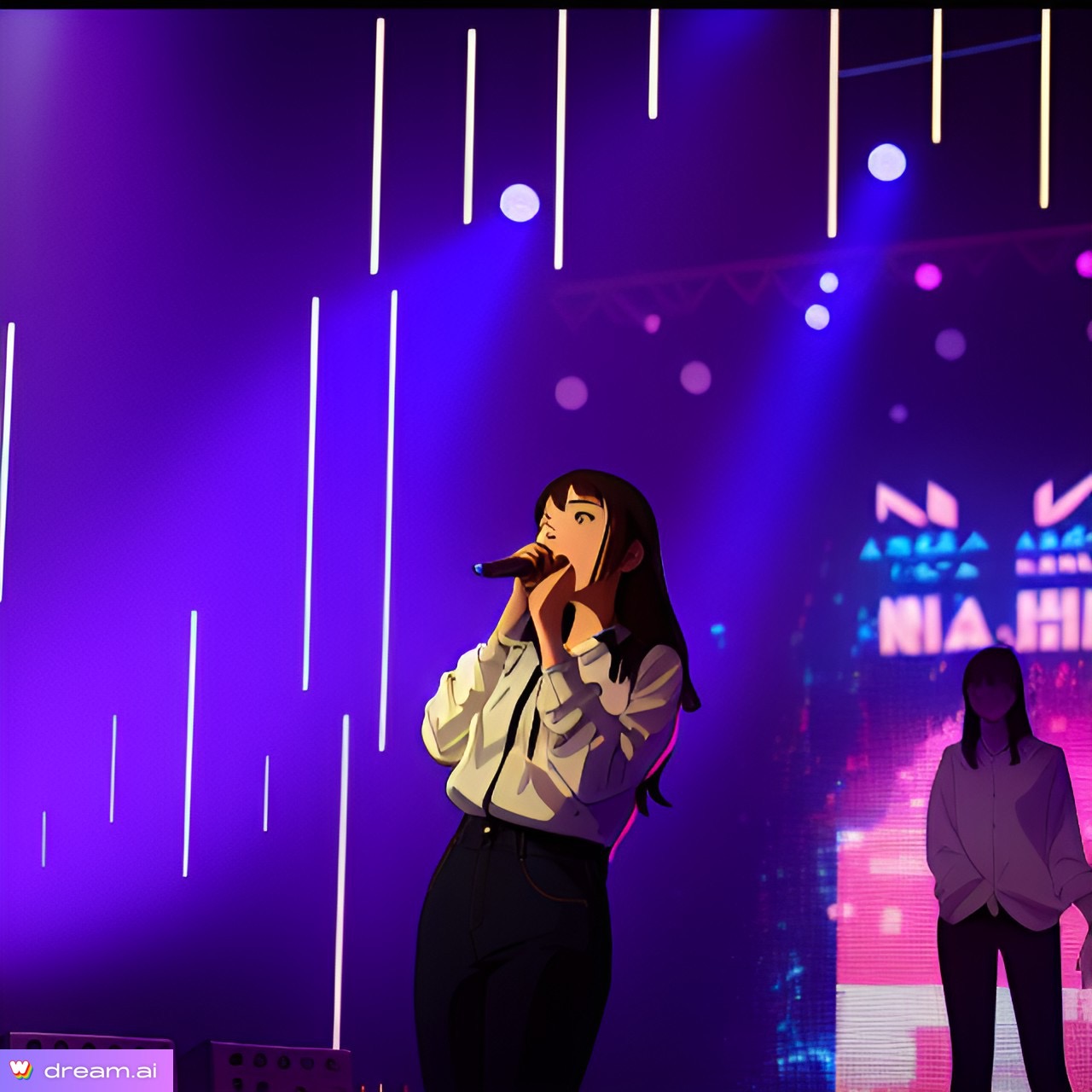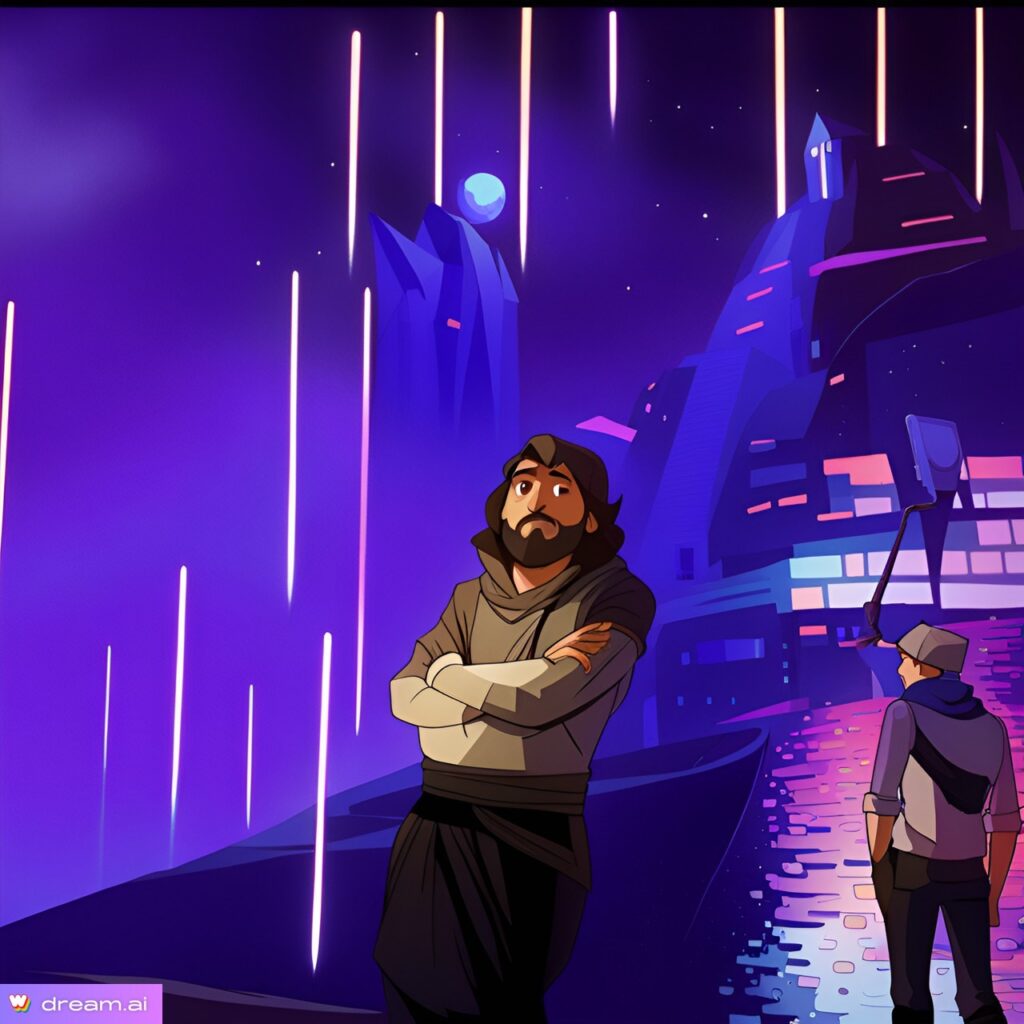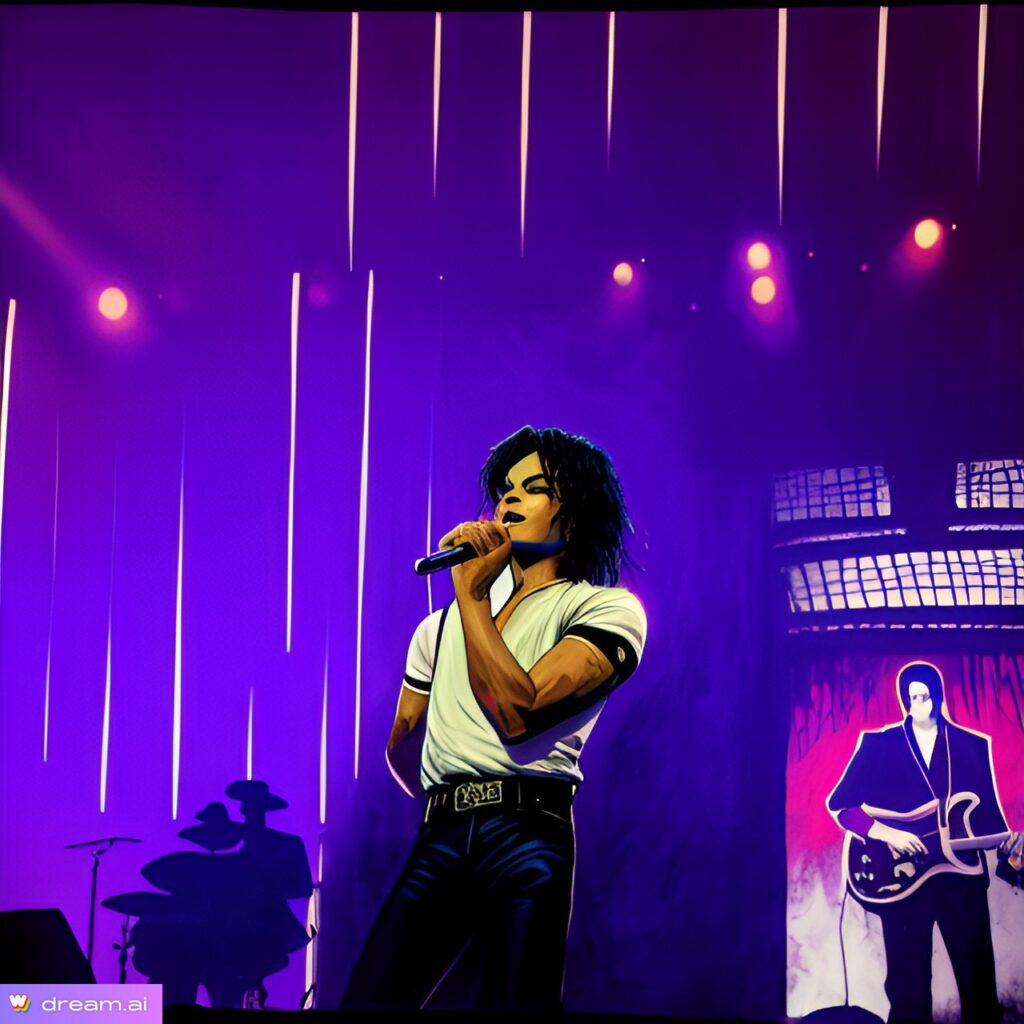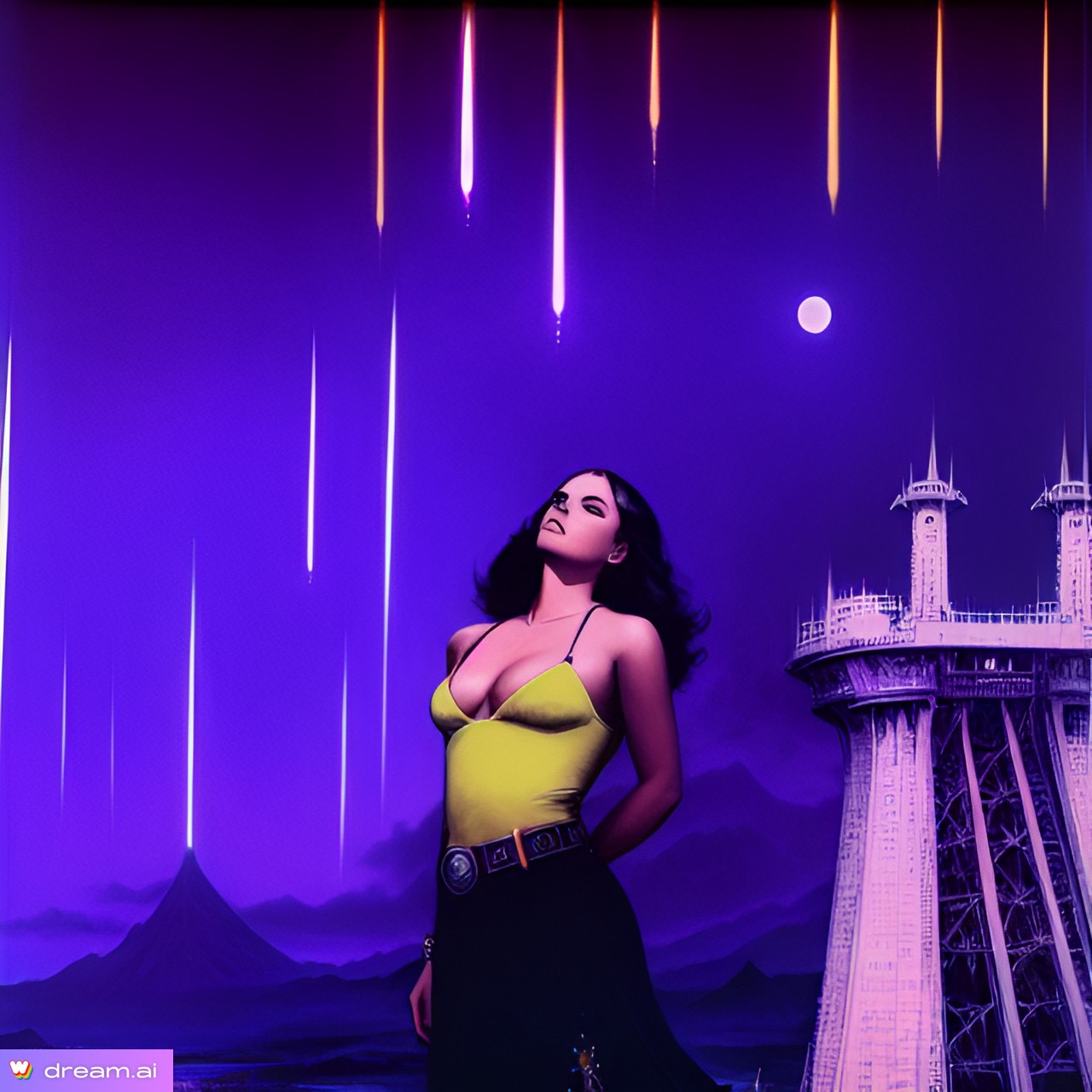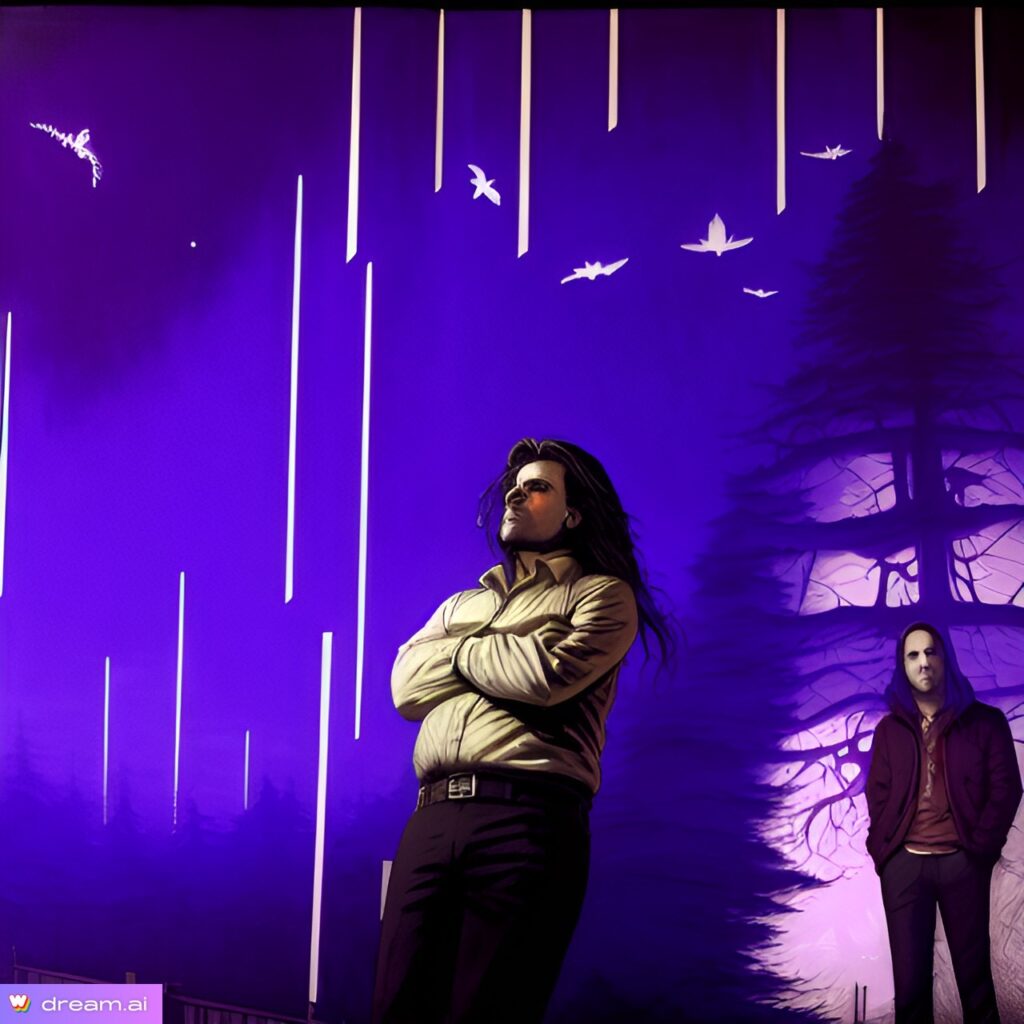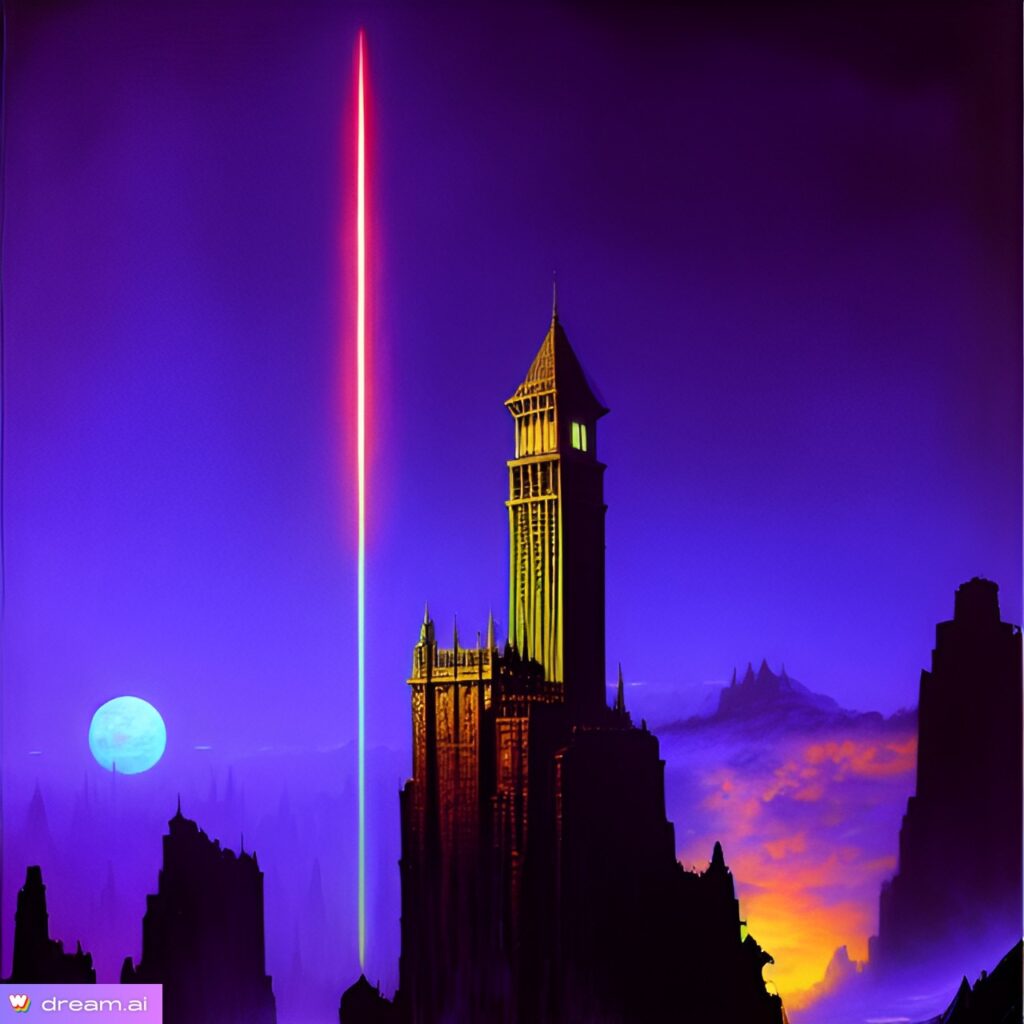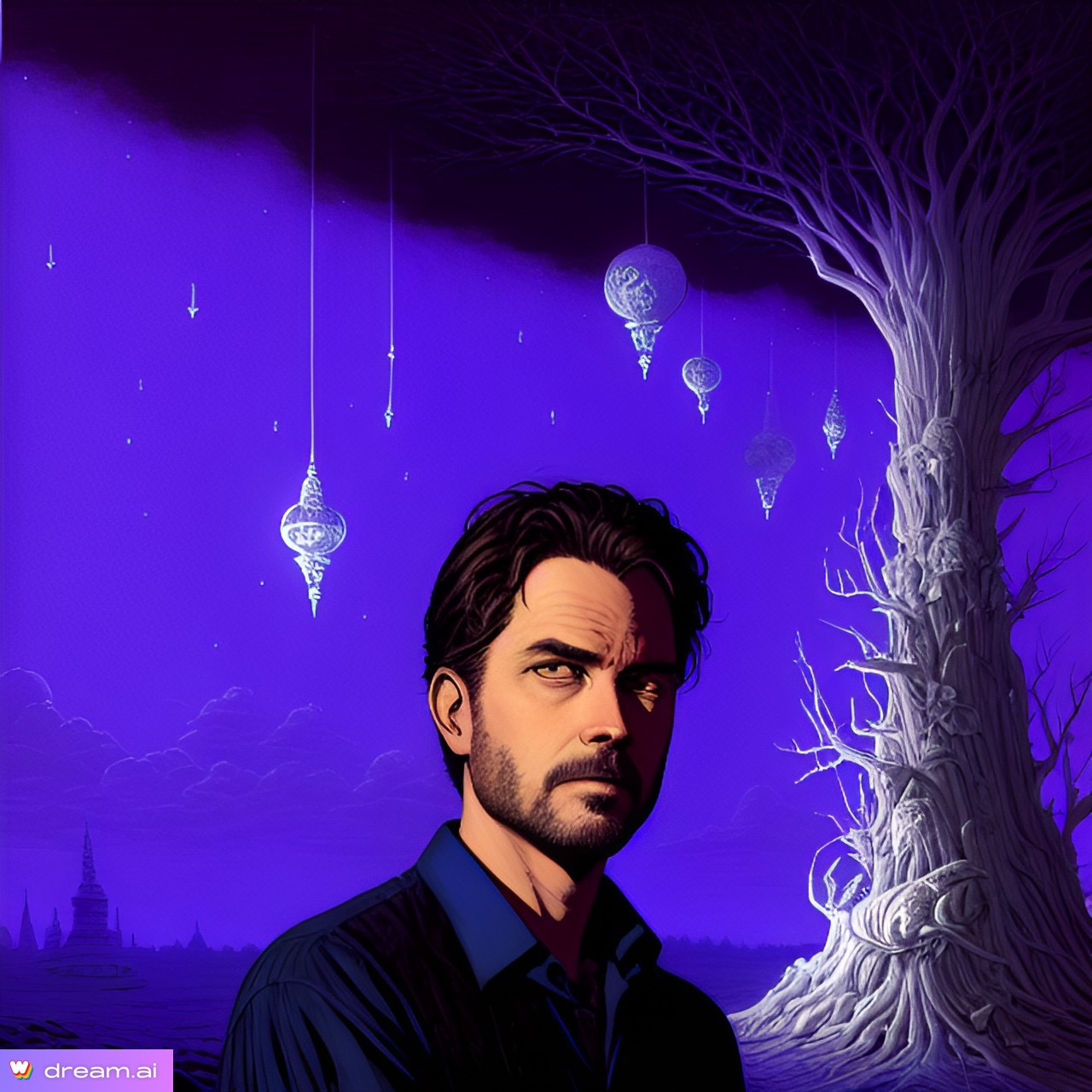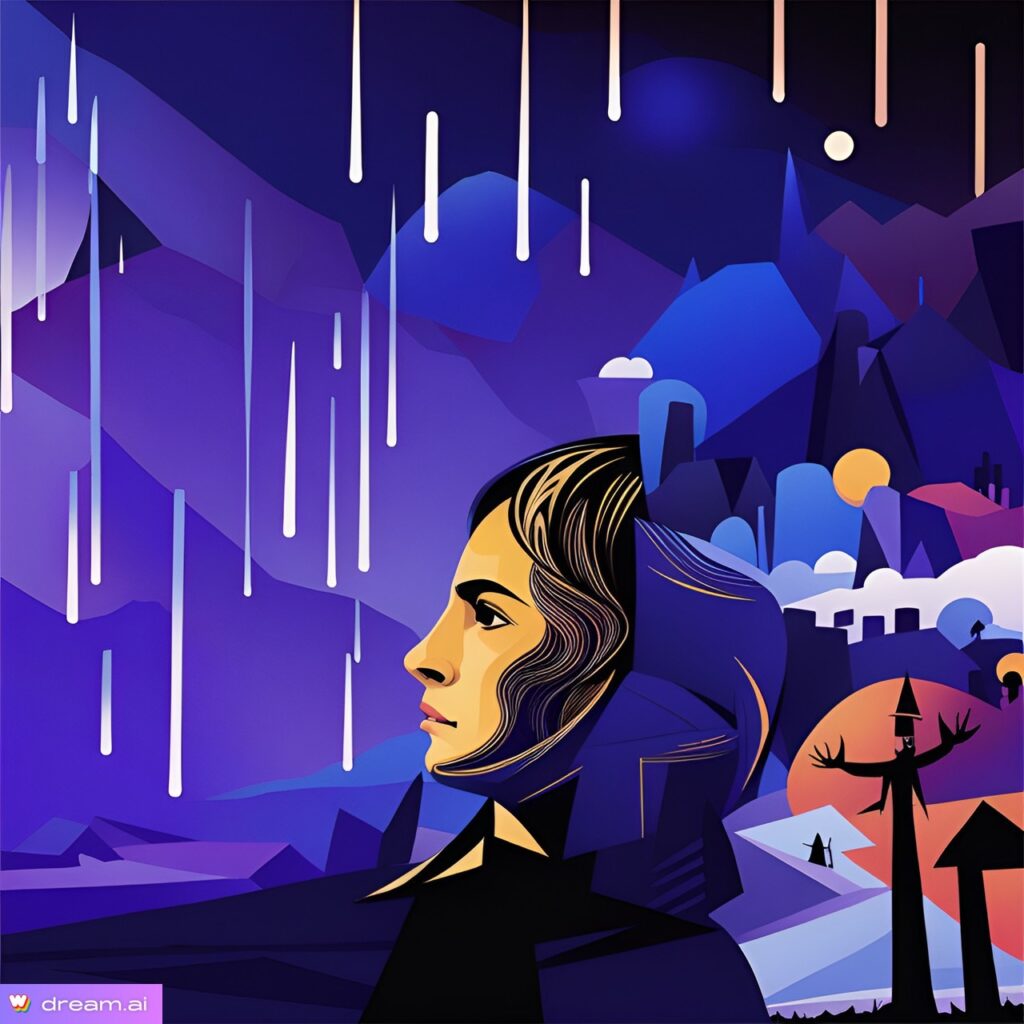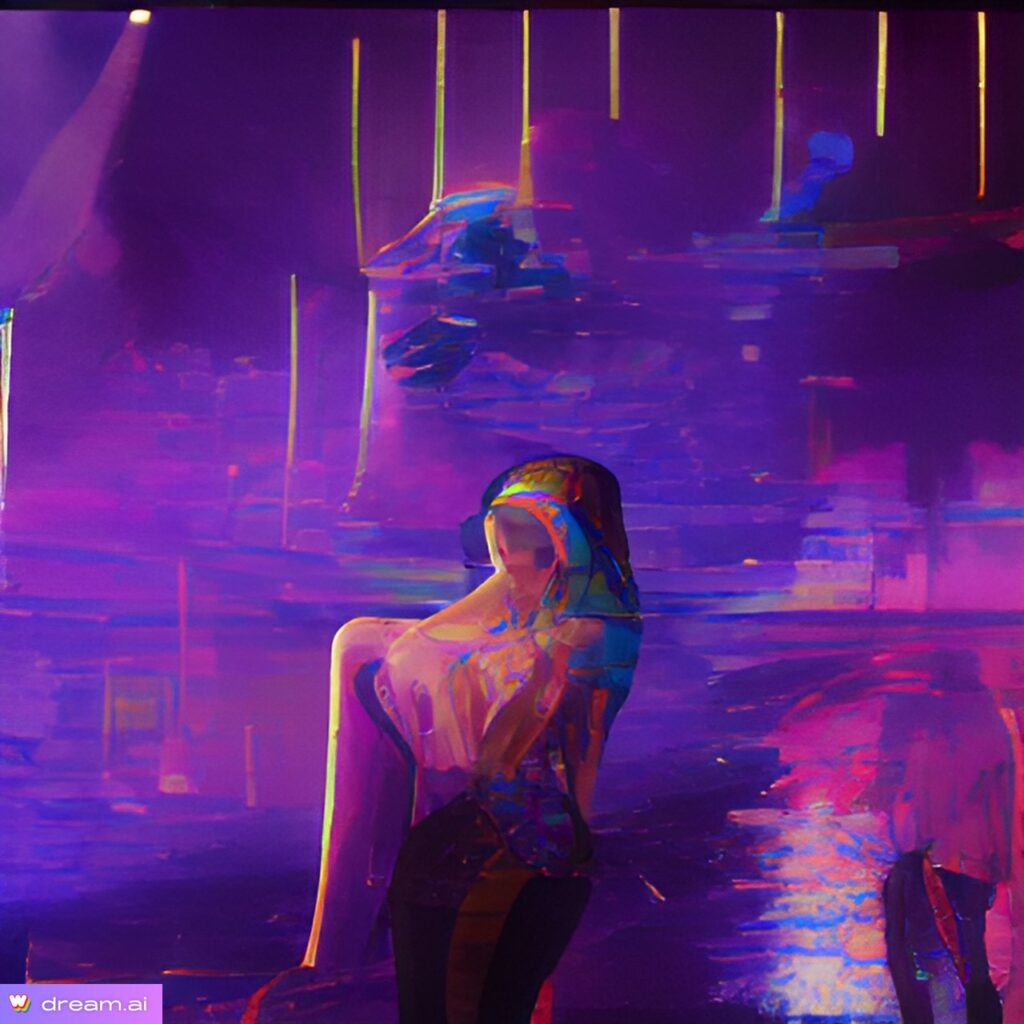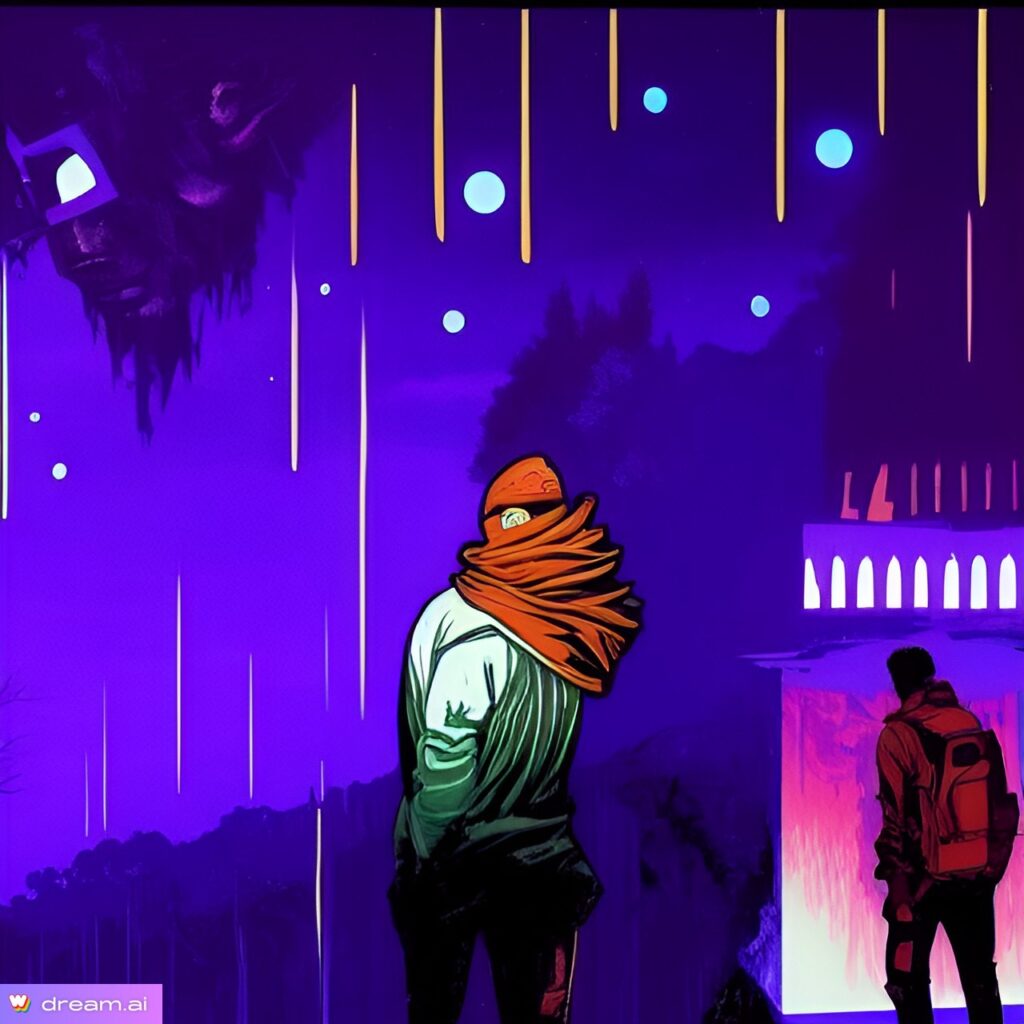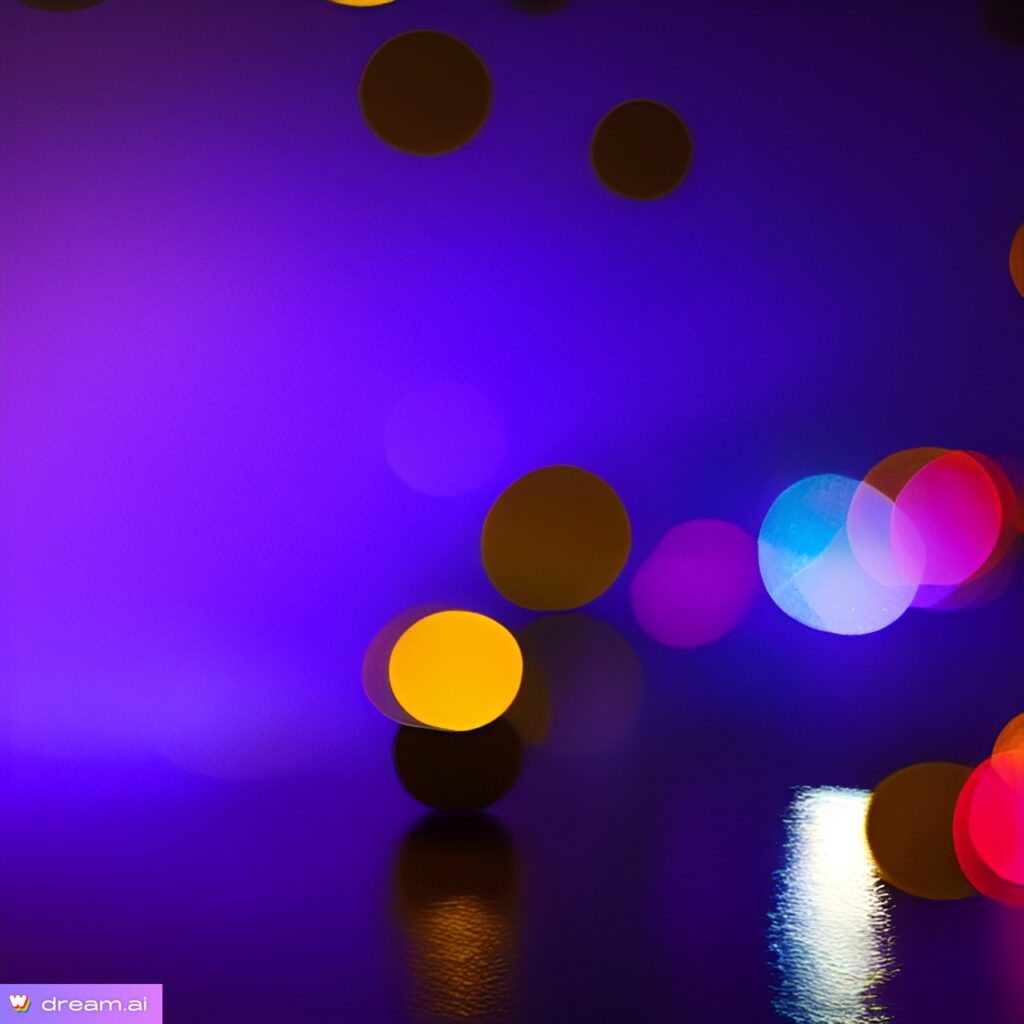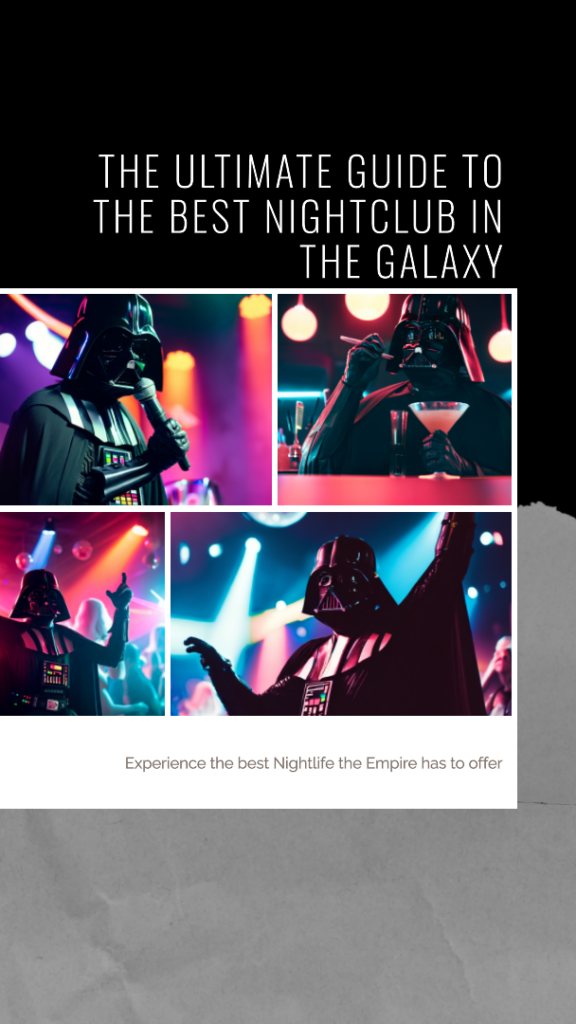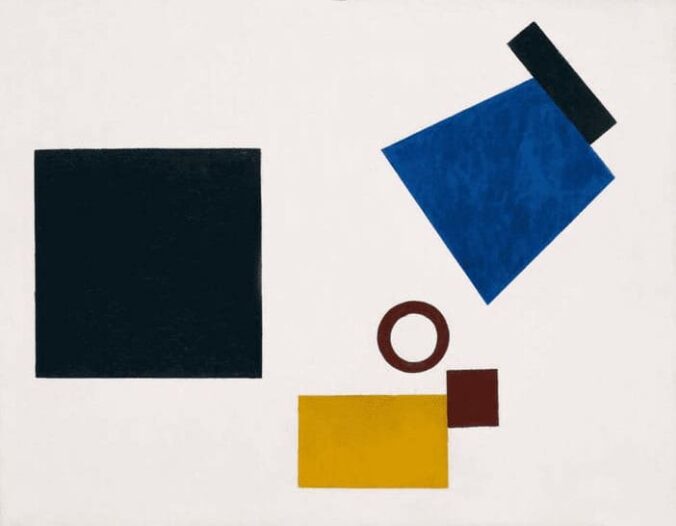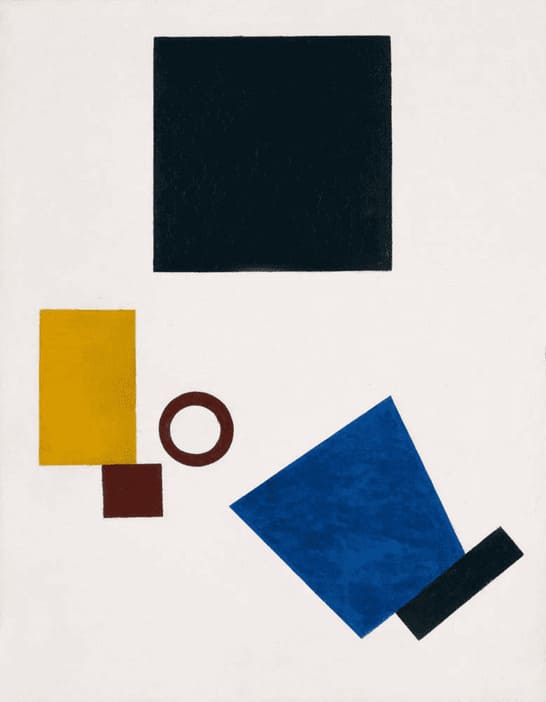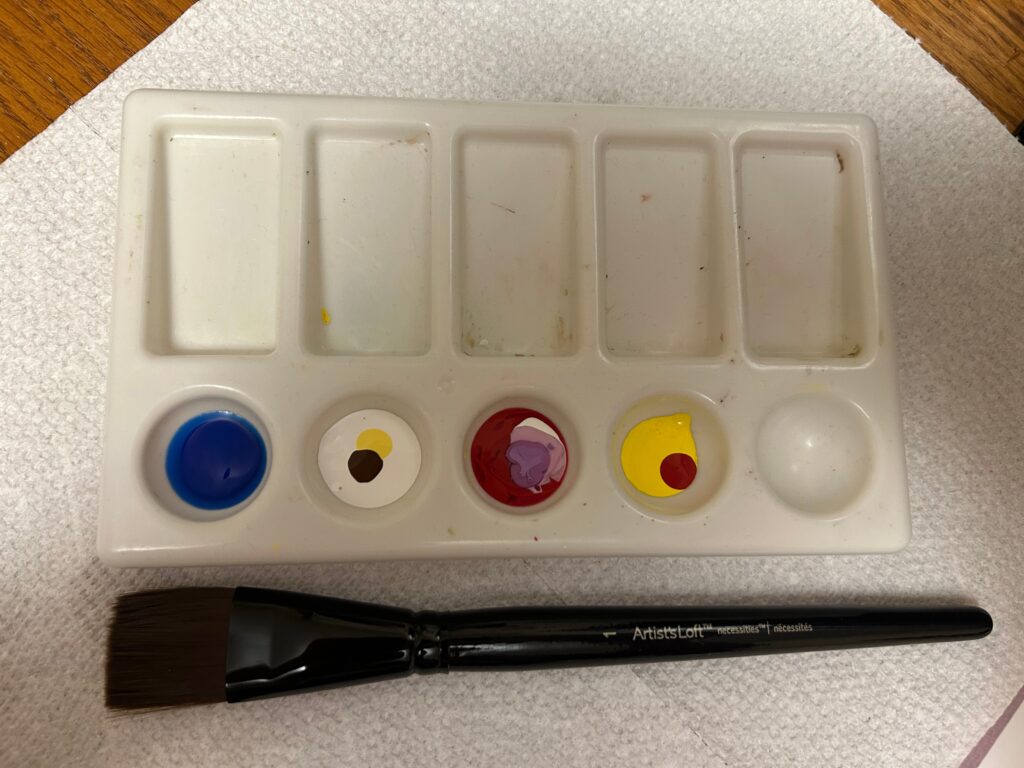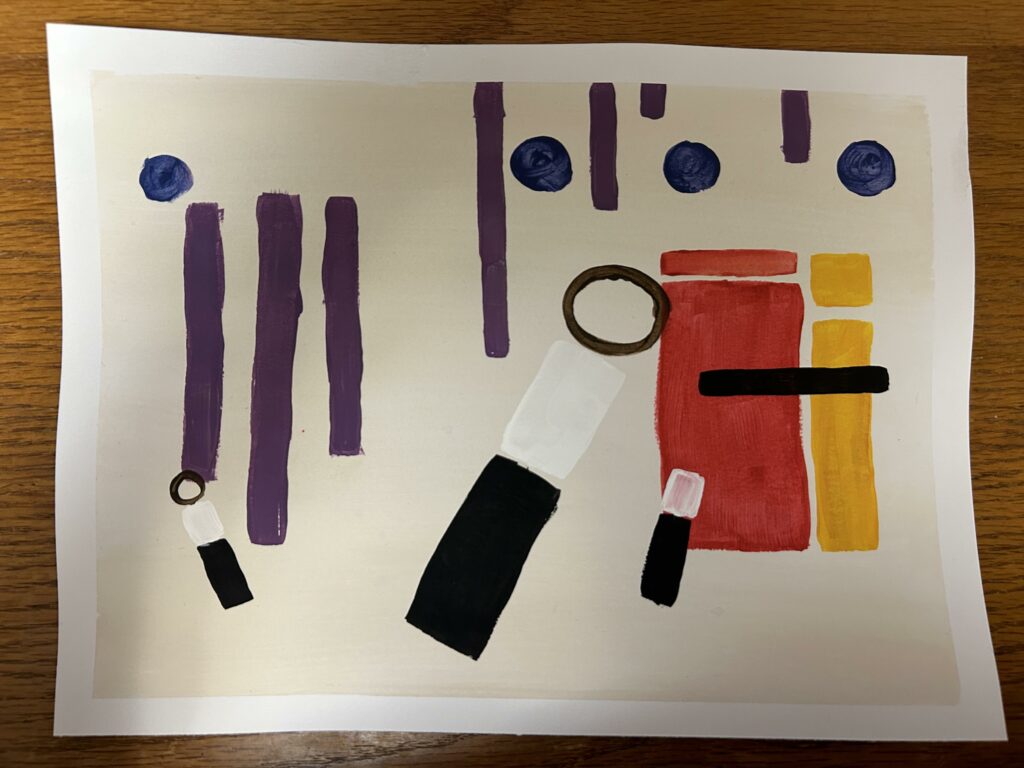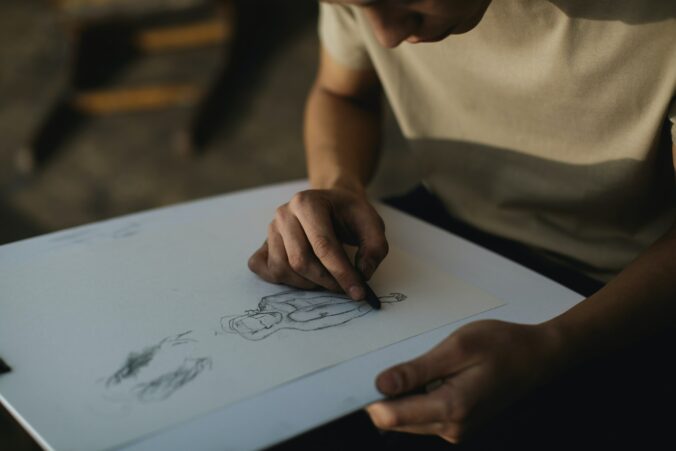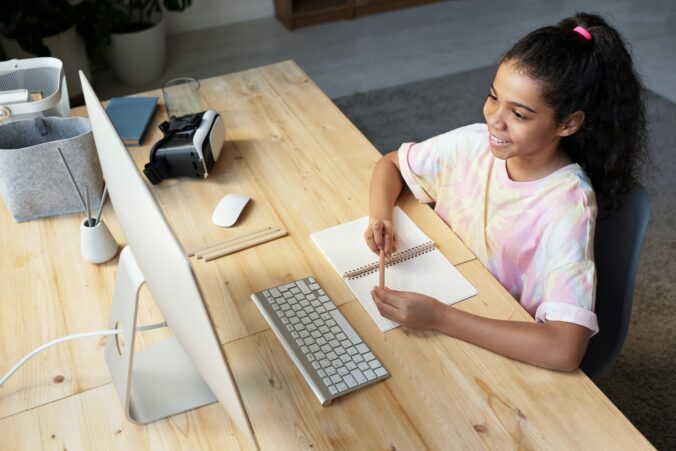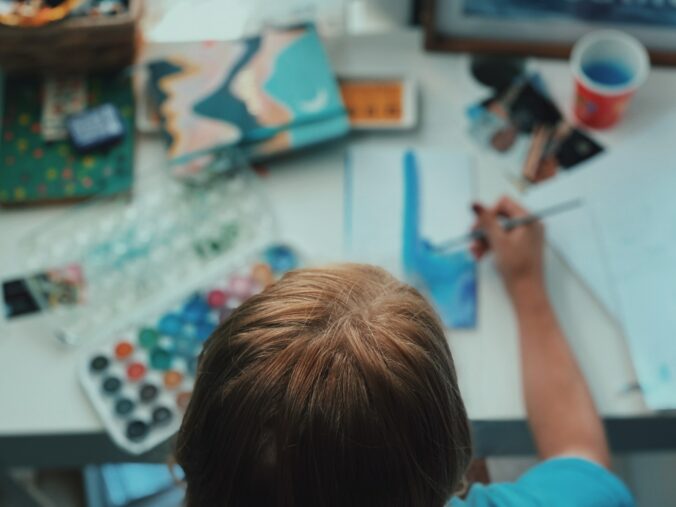When I was in High School, I don’t remember there being a focus on accessibility or inclusion in the classroom. In fact, what I remember was a segregation model, where students who did not fit standard in some way, were excluded from the classroom, and would spend a lot of time in the special ed room instead, or one on one with a TA. You either assimilated to the standard, and pretended that everything was fine, or, you were separated, unable to interact with your peers during school hours. On top of this, most teachers were not very accommodating to students when they asked for some form of accommodation or accessibility aid. If for example, you needed more time for an assignment for pretty much any reason, the majority of teachers would not accept an “extension” or a late assignment. In fact, the first time where I saw students asking for extensions for anything other than medical emergency as okay, was in University.
Something that has come up a lot in this program is the Universal Design for Learning, which suggests that we make accessibility the standard in our classrooms, and we aim for inclusion of all students. This means making something such as fidget toys, or extra assignment time accessible to anyone in the class, whether they have a diagnosed “reason” for these accommodations or not. Through UDL, teachers allow the opportunity for anyone who not just needs, but wants access to something to have it. UDL also highlights the importance of making accessibility a priority in anything we do, that way all the students in our classroom can participate the the same activities, rather than singling out or excluding someone due to an accessability issue. Through this inclusion, we are making sure that our students can participate in our class, and form relationships with their peers, rather than be separated from them, which I personally think is just as important as their academic learning to the school experience.

I really liked this chart that Guillaume showed us in class that explained different terms surrounding inclusion and accessibility in classrooms, that I think shows the importance of inclusion, as opposed to segregation, or even integration. Through UDL, we are trying to include students with diverse needs, and not looking at them as “others,” but rather as students who have value and are still part of the group.
I wish this was something that was considered more heavily when I went to school. I think it would have saved me and many others a ton of anxiety, and would have made those of us who felt like outsiders more included and welcomed into the class.


